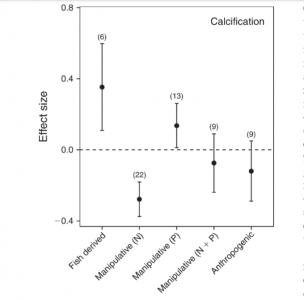Rhodesholar
New member
Hello everyone.
I have got the weirdest problem going on here.
I have what has got be Cyano growing on my sand but it gets worse overnight.
When my lights come on it like burns off of something. Next morning it's back.
I don't even know how I have this issue as my tank parameters are great.
PO4 0.01
Nitrate 0
Alk 9
PH 8.3
and I have tons of flow. I am running (2) 4100 gph power heads and 900gph return from my sump.
I can't figure this out.
Anyone have any ideas? Like I said it's worse after the tank has been dark all night. I thought Cyano liked light not the darkness.
Thanks to anyone who responds.
I have got the weirdest problem going on here.
I have what has got be Cyano growing on my sand but it gets worse overnight.
When my lights come on it like burns off of something. Next morning it's back.
I don't even know how I have this issue as my tank parameters are great.
PO4 0.01
Nitrate 0
Alk 9
PH 8.3
and I have tons of flow. I am running (2) 4100 gph power heads and 900gph return from my sump.
I can't figure this out.
Anyone have any ideas? Like I said it's worse after the tank has been dark all night. I thought Cyano liked light not the darkness.
Thanks to anyone who responds.

